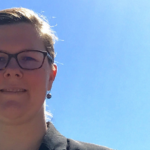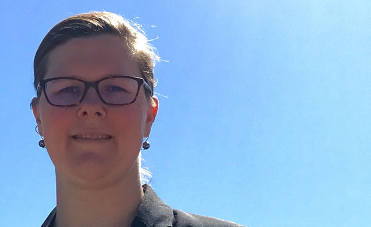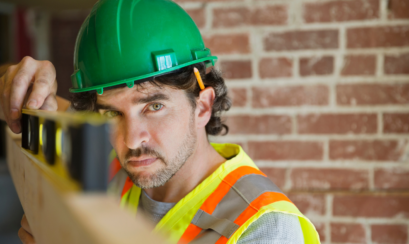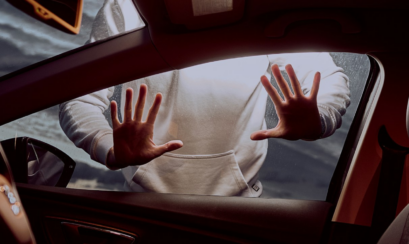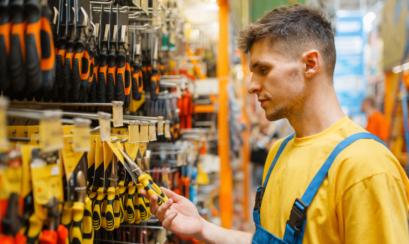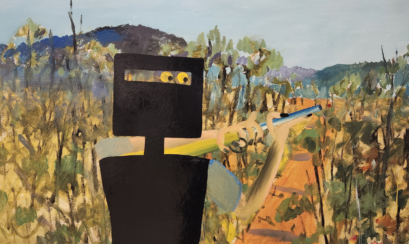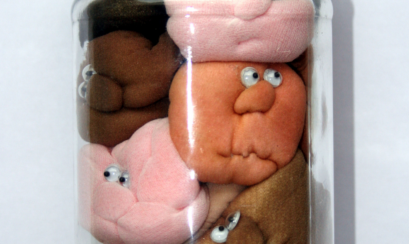A certain amount of joking, skylarking and horseplay in the workplace is usually harmless and lightens the atmosphere, keeping up the spirits of workers. But when it goes too far and someone is injured, the consequences can be very serious and costly.
Such was the case of Jony Ajia. In 2020 the District Court heard that Mr Ajia was employed by a labour hire firm in 2016 to work on a Sydney building site, doing labouring work which he had done for several years.
The court heard that after lunch Mr Ajia was walking across the site when his supervisor came up behind him and playfully put him in a “sort of” a “bear hug”. As they tangled, they fell to the ground and the supervisor landed on Mr Ajia’s leg, causing immediate and extreme pain.
Horseplay in the workplace leads to serious injury
Mr Ajia had to undergo three separate surgeries on his right ankle and could not continue doing the physical work he had been doing as a builder’s labourer. He retrained to work as an alarm monitor in the security industry, working in a seated position, but earning less than he did before the incident.
In July 2020, Judge Andrew Scotting found the company had breached its duty of care to Mr Ajia and awarded him $662,012 in damages, including more than $200,000 in future economic loss and loss of superannuation. (See Ajia v TJ & RF Fordham Pty Ltd trading as TRN Group [2020] NSWDC 371.)
Company disputes seriousness of injury and employs private investigator
The supervisor’s defence was that Mr Ajia was a big fellow and they had developed “a bit of fun” at work, playfully wrestling and knocking about in previous encounters.
The supervisor’s employer defended the damages claim, sending an investigator to follow and record Mr Ajia lifting weights at a gym. The company claimed he exaggerated his lasting injuries.
Judge Scotting dismissed the investigator’s report, and ruled Mr Ajia was telling the truth about his continued pain.
Skylarking known to take place at worksite
“The risk of harm was not insignificant because the risk of physical injury that arose from skylarking was obvious, the practice of skylarking was known to take place at the site and it was capable of causing a serious injury, such as if a worker fell and struck their head on the ground,” Judge Scotting said in his judgement.
“A reasonable employer in the position of the defendant would have provided supervision of the workers on the site to prevent the occurrence of episodes of skylarking,” the judge said.
Employer’s duty to provide competent supervisors and safe workplace
Sections 5B, 5C and 5D of the Civil Liability Act 2002 state what is to be taken into account when considering negligence and breaches of duty of care.
The employer has a duty of care to provide competent supervisors and a safe workplace. (For more information, please see Failure to meet duty of care to employees costs employer $120,000 for rolled ankle.)
In this case the judge ruled the employer should have known there was skylarking on its building site, and that such behaviour was far too dangerous, and should have acted to stop it.
Danger of injury and death from horseplay in the workplace
The case highlights the need for employers to be aware that their duty of care includes the removal of a source of danger to an employee posed by another employee, even if no harm was intended.
There are far too many injuries and deaths on building sites to allow horseplay in the workplace, especially if it is carried out by a supervisor who is responsible for safety on the site.
Workplace fatalities in Australia increase significantly from 2018 to 2019
Safe Work Australia reports 183 people died in workplace accidents in 2019 in Australia – 62 of them in NSW. This represents an increase of 21% from the previous year’s national figure of 144 deaths and an increase of 31% from the previous year’s figure of 47 deaths in NSW.
Australian work sites became significantly more dangerous from 2018 to 2019. (See Work-related injury fatalities – Key WHS statistics Australia 2020, Safe Work Australia and Work-related injury fatalities – Key WHS statistics Australia 2019, Safe Work Australia.)
Construction, transport, warehousing, agriculture, forestry, fishing and the postal industry are responsible for the highest number of workplace fatalities.
For more information please see Data underscores continuing grim reality of work-related fatalities in Australia.
